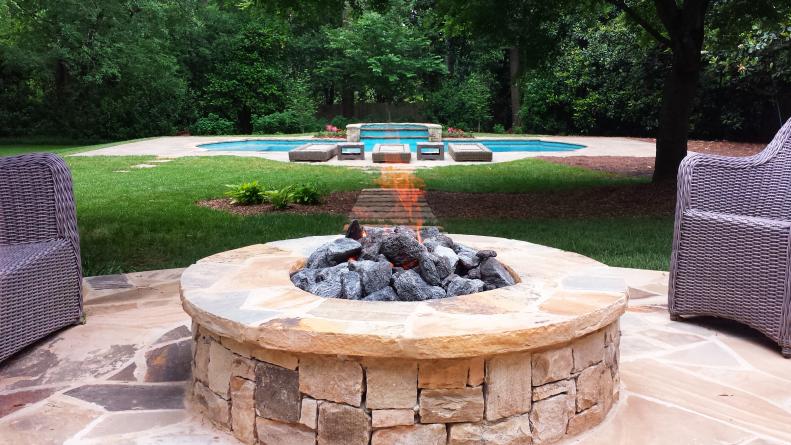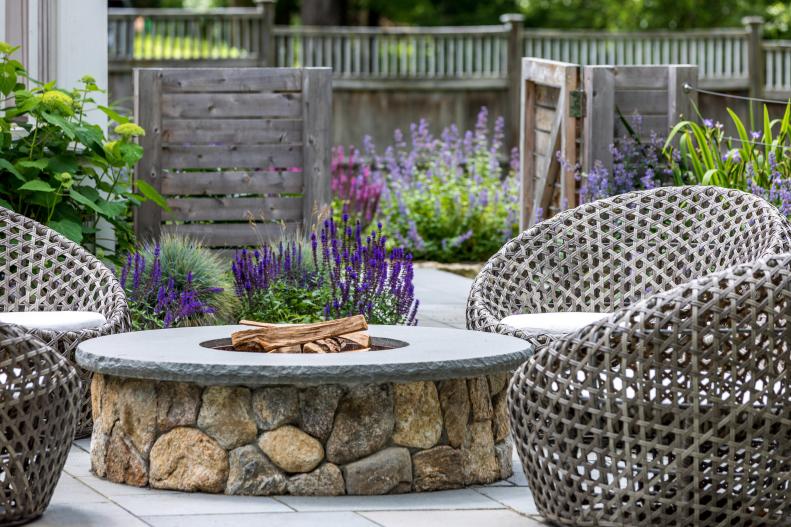Add Spark to Your Backyard With a Stone Fire Pit
A stone fire pit, whether you DIY it or have it built by pros, is a wonderful addition to any backyard. They make a wonderful space for entertaining a crowd or just relaxing with an intimate group. A stone fire pit will also add value to your home. And you don’t need a huge yard to build a stone fire pit, just make sure your fire pit is a safe distance from your home or any flammable structures like wood fences or sheds.
Stone fire pits can be used for burning firewood, wood pellets, propane or natural gas. Wood-burning stone fire pits are easy and inexpensive to DIY when using concrete blocks or pavers. Many home improvement stores sell kits making the process even easier. Propane or natural gas fire pits should be installed by a professional.
Stone blends beautifully with any outdoor setting and creates a long-lasting, low-maintenance fire pit. When you pair a stone fire pit with a natural gas burner, realtor estate agents predict you’ll recoup the highest return on investment of any fire pit type — up to 78%.
If you’re looking for inspiration for your own stone fire pit, tour our showcase that features a wide variety of designs. Rekindle your love of the great outdoors with a cozy stone fire pit.









